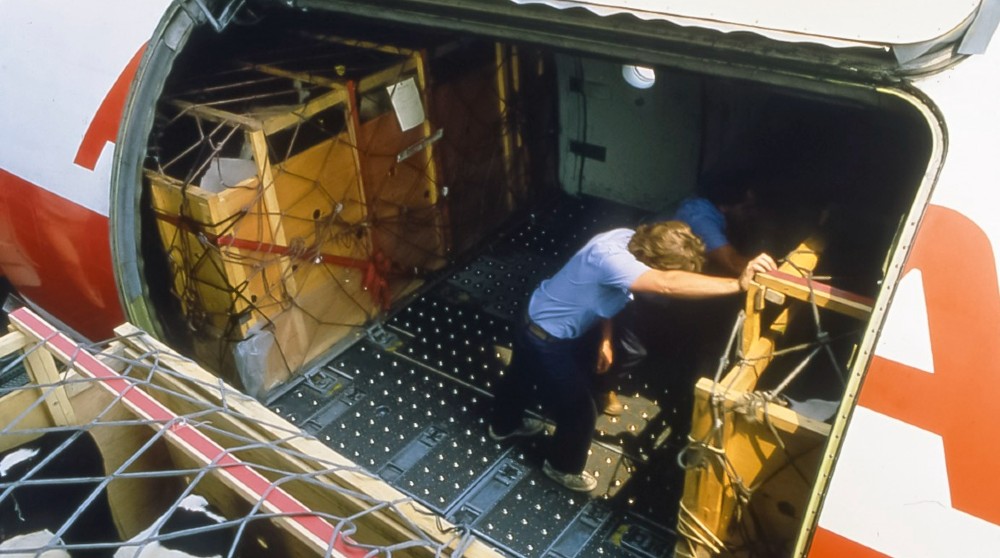
Air Canada Cargo to begin operations for first converted Boeing 767-300 ER
These freighters will provide consistent capacity on key air cargo routes, starting with Europe and the Americas, to facilitate the movement of goods globally

Air Canada welcomed its first converted Boeing 767-300ER aircraft into its fleet for Air Canada Cargo on December 5. Air Canada announced the initial list of planned routes for the Boeing 767-300ER freighters in June this year. As per the plan, the first converted freighter was expected to enter into service in October.
In addition, Air Canada Cargo is expanding and diversifying to include a number of new services, including Rivo, an emerging presence in the online retail sector. Air Canada Cargo also has a unique partnership with Drone Delivery Canada to help commercialize their technology.
The return of freighters for the airline has a long history of transporting goods around the world, says the official announcement.
To begin with, in 1937, Trans-Canada Air Lines (TCA) carried its very first group of passengers from Vancouver to Seattle, representing Air Canada Cargo with bags of mail on board. In 1943, TCA signed a contract to carry mail, cargo and passengers from Montreal to Scotland, with a stopover in Reykjavik. Its inaugural transatlantic cargo flight carried four tonnes of priority goods.
By 1946, the airline was handling cargo under two lines of service: ‘Air Express’ for small shipments and ‘Air Freight’ for bulk shipments of a specified minimum weight. Observing the business potential in cargo, TCA created a Freight Development Bureau, which introduced a third ‘Air Cargo’ service – giving Canadian retailers, manufacturers and distributors reliable access to transcontinental air freight capacity.
From 1953 to 1955, TCA commissioned freighters, including a Bristol 170, Mark 31 for an all-cargo route between Montreal, Toronto and New York, but they did not survive the transcontinental cargo business competition.
On New Year’s Day in 1965, TCA rebranded as Air Canada and doubled the size of its Toronto cargo hub. Air Canada began offering guaranteed international small pack service and Air Canada Cargo was officially created in 1977 that was recognized as a separate profit centre in 1978 by contributing approximately $150,000 in operating revenue.
Over the next few years, Air Canada purchased three 727-100 freighters, as well as two Boeing 747 Combis, to provide capacity for both main deck freight and passenger service.
In the 1980s Air Canada’s DC-8-73F started operations and remained in service till the 1990s when Air Canada removed its five remaining DC-8 freighters from service.
Around this same period, standardized unit load devices (ULDs) for cargo were introduced for widebody passenger aircraft, including the Boeing 767s, as well as on the narrowbody Airbus A320s in the fleet. Utilizing ULDs added the equivalent capacity of four DC-8 freighters to Air Canada's network.
Fast forward to 2021, Air Canada Cargo is Canada's largest provider of air cargo services as measured by cargo capacity, with a presence in over 50 countries and hubs in Montreal, Toronto, Vancouver, Chicago, London, and Frankfurt.
During the COVID-19 pandemic, Air Canada temporarily converted several Boeing 777 and Airbus A330 aircraft by removing the passenger seats and allowing for additional cargo to be loaded in the cabin.

